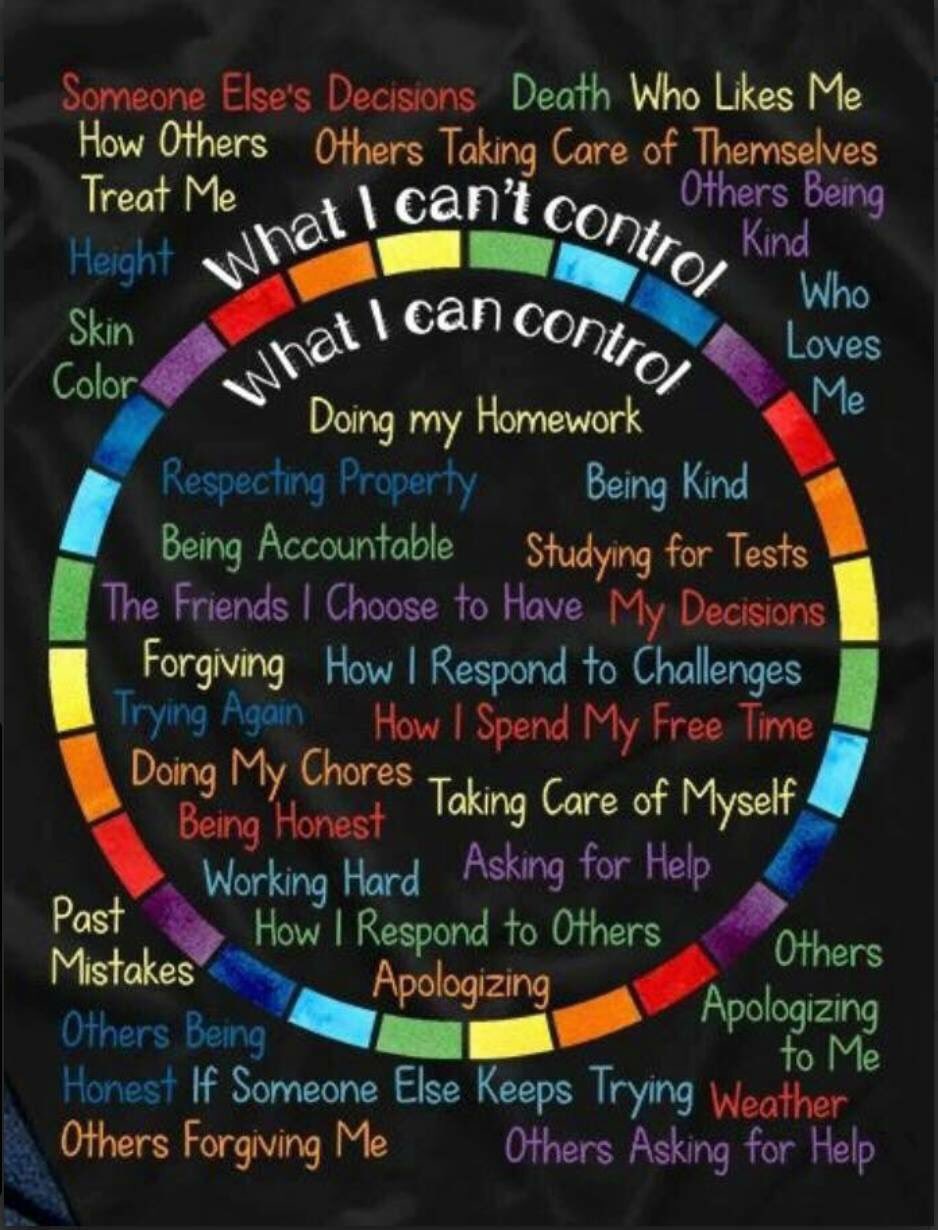This post is part of a series of posts on teaching to different personality types as found in the True Colors Personality Test. To see more, head here.
If you’ve gotten to the end of my True Colors Personality exploration, you might be asking yourself “Now what? How can I apply this knowledge to better myself as a teacher/parent/student/friend?” Ultimately, that is up to you. I know a lot of people think personality tests can be gimmicky, and when it comes to the “What Kind of Cheese Are You on the Weekends?” sort of test, I can agree. But I do think there are some personality tests that can propel you toward valuable introspection. McKenzie did a great job of covering a few of these with her deep dives of the Myers-Briggs, Enneagram , and the Child Whisperer personality tests.
As noted on Better Help, “The true colors personality test provides a method of understanding ourselves and others. The test uses the colors orange, gold, blue and green to represent four different personality types. The four colors combine in different ways to make up different personality spectrums. For most people, one of the four types is more dominant than the others. Learning about our personalities offers insights into our different behaviors, motivations and more.
“By using colors instead of labels, the true colors personality test aims to improve global understanding. The intuitive classification makes it easier for us to identify and remember the four personality types.”
These tests aren’t meant to serve as definitive labels for yourself and others; they are merely guideposts that can help you make sense of human nature. It can be easy to see your results in black and white when they should be used to recognize all the shades of gray within your personality and the personality of those around you. I could tell myself, “As someone with a blue personality, I shouldn’t be friends with gold personalities because we are too different.” And sure, there are some personalities that might clash a little more with others, but the whole point of these tests is to prove that anyone can get along with everyone if you take the time to understand them.
Another benefit of knowing different personality tests is that you can use your results to identify opportunities for growth. As a blue, maybe you need a lesson on resolving conflict instead of avoiding it. If you are a gold, you might consider trying to live in the moment rather than planning for the future. For those with a green personality, practice identifying your emotions and giving yourself permission to feel them. Perhaps an orange needs to train themselves to think before acting.
Think of personality test a healthy reminder that we all have strengths, weaknesses, quirks (endearing or otherwise), and something unique to bring to the table. Personality tests can be a wonderful reference point in learning how to get along with others, regardless of what their results indicate. Don’t let someone’s True Color dictate to you how you think that person will act, allow them to show you.
As a teacher, you should distribute at least one personality test within the first week of school. If your students are too young to answer questions themselves, send the test to their parents and have them answer it. Not only is it a fun activity for your class, but it allows you to better plan lessons and activities. It opens up lines of communication and sparks meaningful conversations.
Do you know your True Color? How has this knowledge helped you as a teacher?










